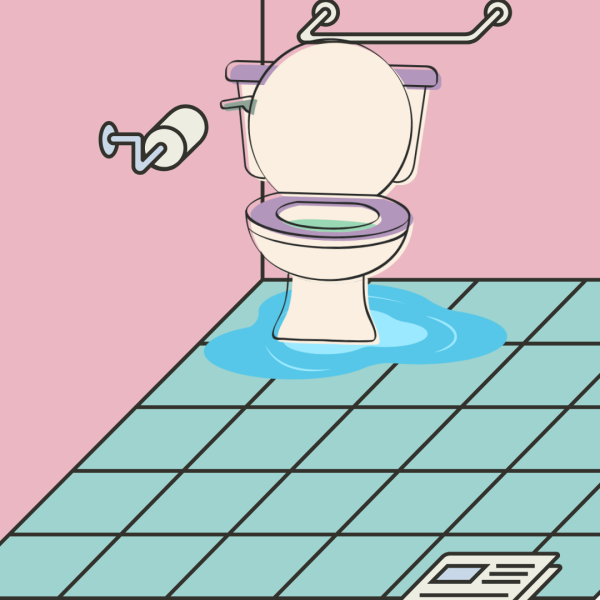Second COVID-19 vaccine
March 7, 2021
After months of waiting, doctors and scientists came out with a COVID-19 vaccine. There are two different vaccines, the Moderna vaccine and the Pfizer-BioNTech vaccine. Both shots require two doses around three to four weeks apart. Many have experienced flu-like side effects after receiving the second dose.
Studies show that getting more than one of any vaccine builds up immunity against the disease or infection. For example, one may get three doses of the HPV vaccine and two doses of the measles, mumps, and rubella vaccine. Two doses of the COVID-19 vaccine supports immunity from the virus. The first dose kick starts the immune system. Then, the second dose helps solidify immunity after the first dose. The first dose can be more effective with different people, but with the second dose, it gets others’ immunity rate higher.
Both Moderna and Pfizer vaccines are using a different way to protect the immune system. Both vaccines use messenger RNA, or mRNA, to make a part of the COVID-19 “spike protein” to create antibodies from the virus (according to the CDC). The mRNA strand never enters the nucleus or the genetic material, contrary to what some may believe. The Moderna vaccine is easier to distribute from a health care worker point of view because the storing process is much easier. With this vaccine, health care workers put it in a regular medication freezer, and it does not require extremely cold temperatures. The Pfizer-BioNTech vaccine was the first FDA approved vaccine for Emergency Use Authorization. This vaccine has to be stored in extremely cold temperatures, specifically negative 70 degrees Celsius.
The COVID-19 vaccines are not harmful, but there may be side effects to the shot. As any other shot one would get, there can be pain and swelling around one’s arm where they have received the shot. Many have experienced flu-like symptoms after receiving the shot, such as body aches, fever, chills, fatigue, and headaches. These side effects are not harmful and do not last long. Most start experiencing side effects the day after getting the second dose, while others have also experienced the same effects from the first dose. There is no need to call a doctor unless the redness and/or swelling has not gone down in 24 hours from getting the shot, or if the way you are feeling starts to worry you after a few days.
The Moderna vaccine has been 94.1% effective and the Pfizer vaccine has been 95% effective. Just because you have gotten a vaccine does not mean you still cannot transmit the virus. Even after getting the vaccine, you should still wear your protective mask while out in public with other people, wash your hands thoroughly and periodically, and stay six feet apart from people.
At the beginning of March, Janssen Pharmaceutical Companies of Johnson & Johnson came out with a one dose vaccine. The Johnson & Johnson vaccine is a viral vector vaccine, unlike Pfizer and Moderna vaccines which are mRNA vaccines. With viral vectors vaccines, one is injected with a virus that cannot reproduce itself in the human body. Once injected with the vaccine, the vector virus genetic code enters the human cells where they create antibodies to COVID-19 (according to the CDC). This vaccine does not enter one’s DNA, contrary to what some may believe.











